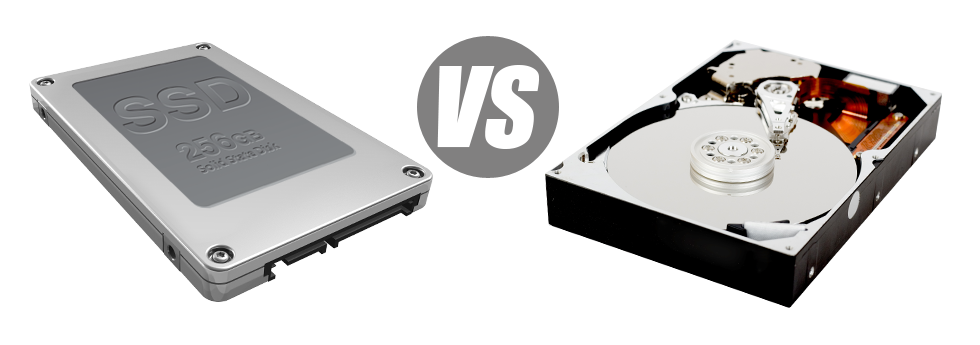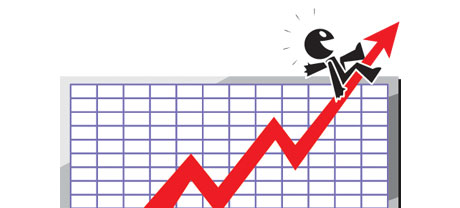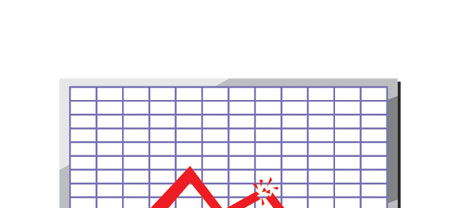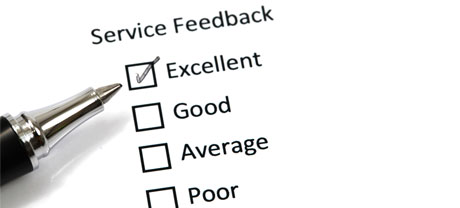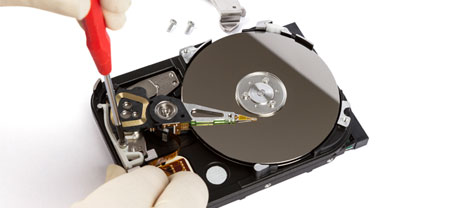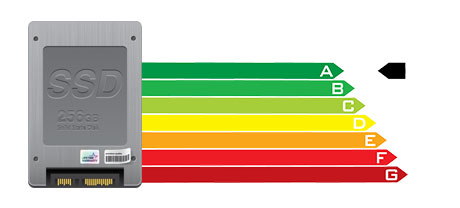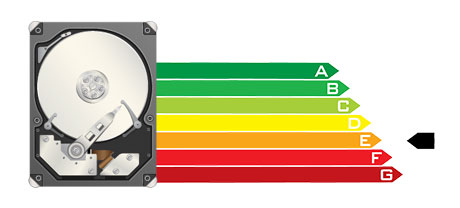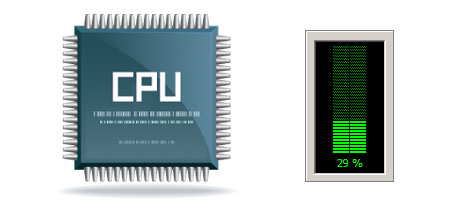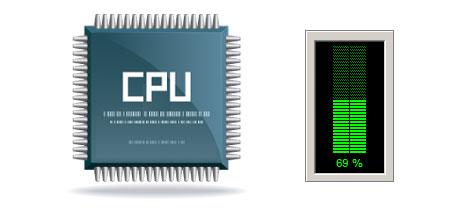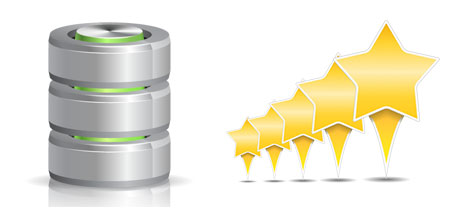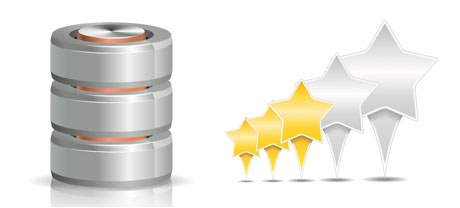For years there seemed to be a particular reputable way to keep info on your personal computer – using a hard disk drive (HDD). Nevertheless, this sort of technology is by now showing it’s age – hard drives are actually noisy and sluggish; they can be power–hungry and have a tendency to produce lots of warmth in the course of intensive procedures.
SSD drives, alternatively, are extremely fast, consume a smaller amount power and tend to be much cooler. They furnish an exciting new approach to file access and storage and are years ahead of HDDs with regard to file read/write speed, I/O efficiency and then energy efficiency. Discover how HDDs fare up against the modern SSD drives.
1. Access Time
SSD drives present a brand new & inventive method to file safe–keeping using the use of electronic interfaces in place of any sort of moving parts and rotating disks. This unique technology is way quicker, permitting a 0.1 millisecond data access time.
HDD drives continue to utilize the exact same basic file access technique that’s originally created in the 1950s. Although it was substantially advanced since that time, it’s slower when compared with what SSDs are offering. HDD drives’ file access rate varies in between 5 and 8 milliseconds.
2. Random I/O Performance
The random I/O performance is really important for the effectiveness of a file storage device. We’ve executed thorough exams and have identified that an SSD can deal with at least 6000 IO’s per second.
During the very same tests, the HDD drives confirmed to be much slower, with only 400 IO operations addressed per second. Although this may appear to be a great number, when you have an overloaded web server that serves a lot of sought after web sites, a slow hard disk may lead to slow–loading sites.
3. Reliability
SSD drives don’t have just about any moving components, meaning that there is far less machinery included. And the less literally moving components you will find, the fewer the probability of failure will be.
The common rate of failing of any SSD drive is 0.5%.
To have an HDD drive to function, it must spin a couple metal disks at over 7200 rpm, holding them magnetically stable in mid–air. There is a great deal of moving components, motors, magnets and also other devices jammed in a small location. Hence it’s obvious why the standard rate of failure of an HDD drive ranges between 2% and 5%.
4. Energy Conservation
SSD drives are considerably small compared to HDD drives and also they lack any kind of moving elements whatsoever. Consequently they don’t produce just as much heat and need less energy to work and much less power for cooling down reasons.
SSDs take in between 2 and 5 watts.
HDD drives are notorious for becoming noisy; they are prone to getting hot and in case there are several disk drives in a server, you’ll want an additional cooling unit used only for them.
As a whole, HDDs take in between 6 and 15 watts.
5. CPU Power
The speedier the data file accessibility rate is, the quicker the file demands will be adressed. Therefore the CPU do not need to hold allocations looking forward to the SSD to answer back.
The average I/O delay for SSD drives is merely 1%.
When using an HDD, you need to invest additional time waiting around for the outcomes of one’s file ask. Consequently the CPU will remain idle for much more time, expecting the HDD to react.
The regular I/O delay for HDD drives is approximately 7%.
6.Input/Output Request Times
It is time for several real–world illustrations. We, at WebsiteHosting.lol, ran a detailed platform backup with a server using only SSDs for data storage uses. In that operation, the average service time for any I/O query remained under 20 ms.
With the exact same web server, yet this time built with HDDs, the effects were very different. The standard service time for any I/O call changed in between 400 and 500 ms.
7. Backup Rates
You can experience the real–world benefits of using SSD drives day by day. By way of example, with a web server equipped with SSD drives, a full backup is going to take just 6 hours.
Over time, we have worked with primarily HDD drives on our web servers and we’re familiar with their performance. On a hosting server pre–loaded with HDD drives, a full server backup may take around 20 to 24 hours.
Should you want to right away boost the overall performance of one’s websites and never have to adjust just about any code, an SSD–operated hosting service is a good option. Have a look at WebsiteHosting.lol’s Linux web hosting service packages and also our VPS servers – these hosting solutions offer swift SSD drives and are available at competitive prices.
Hepsia
- Live Demo
Service guarantees
- Each one of our Virtual Private Servers is configured for you free of charge. 99.9% network uptime. Full root access.
Compare our prices
- Take a look at our rates and choose the perfect Virtual Private Server for your active web sites. It is easy to upgrade to a more powerful VPS plan with simply a click.
- Compare our hosting plans
Contact Us
- Contact us 24x7 by email or by using the ultra–fast ticketing system. Our technicians are ready to respond to your inquiries within just 1 hour.
